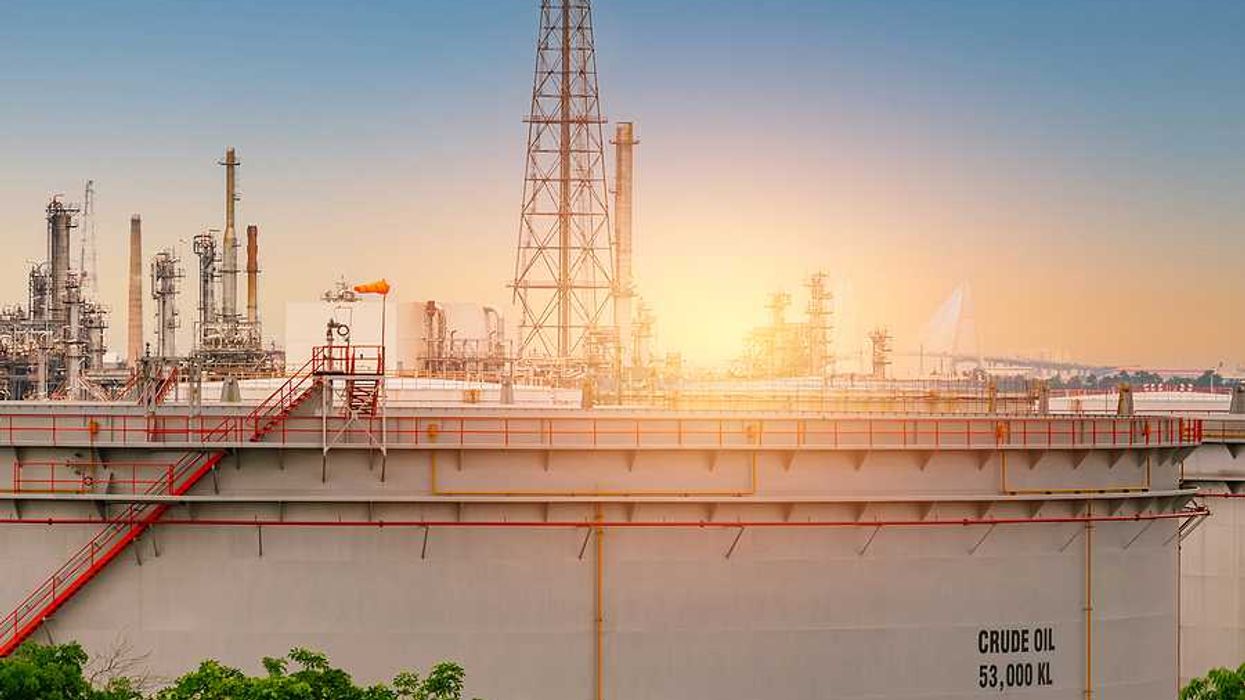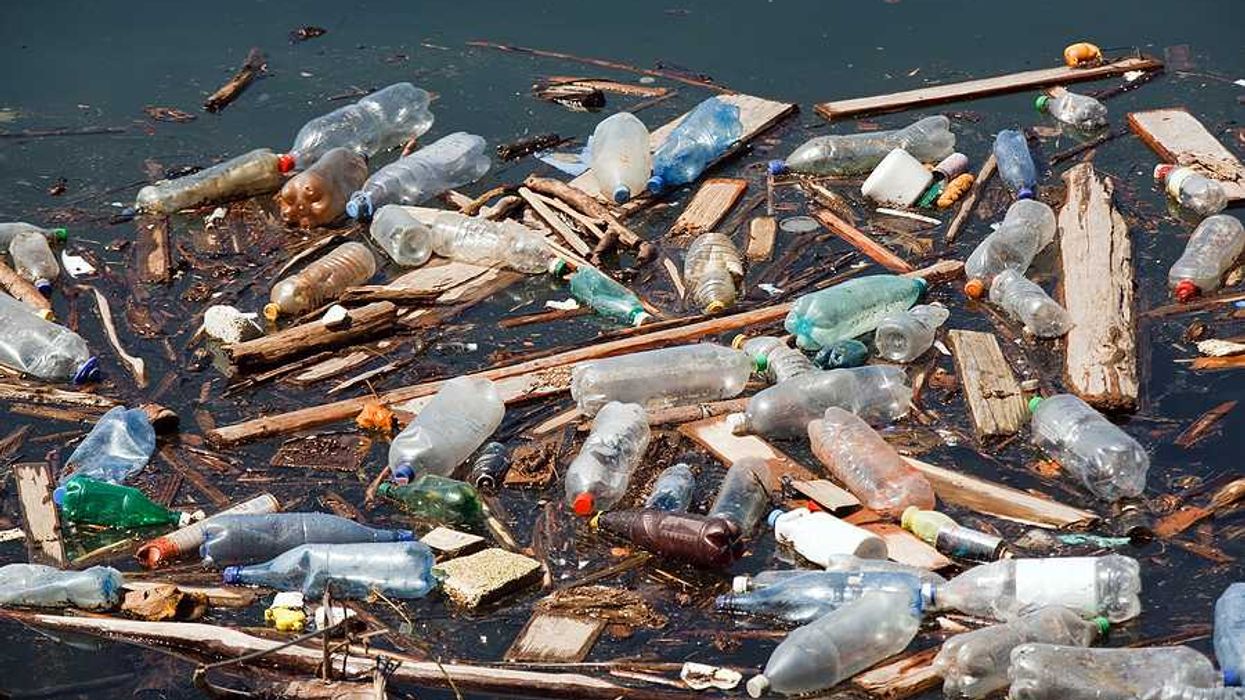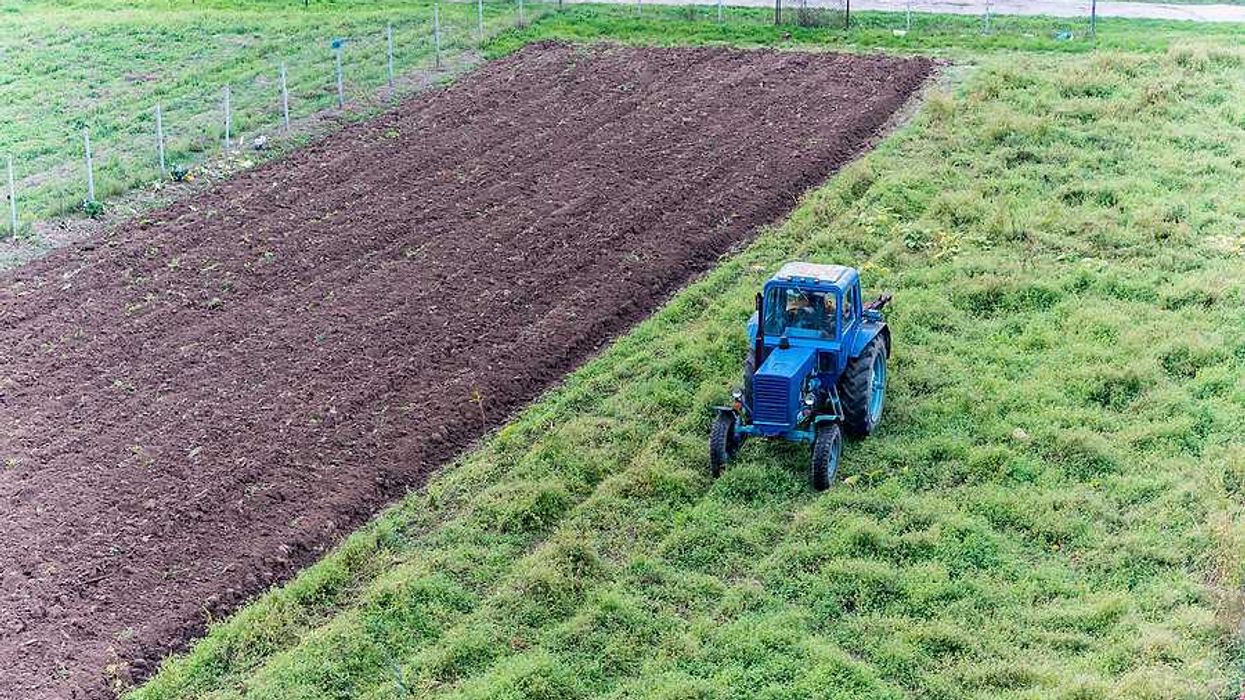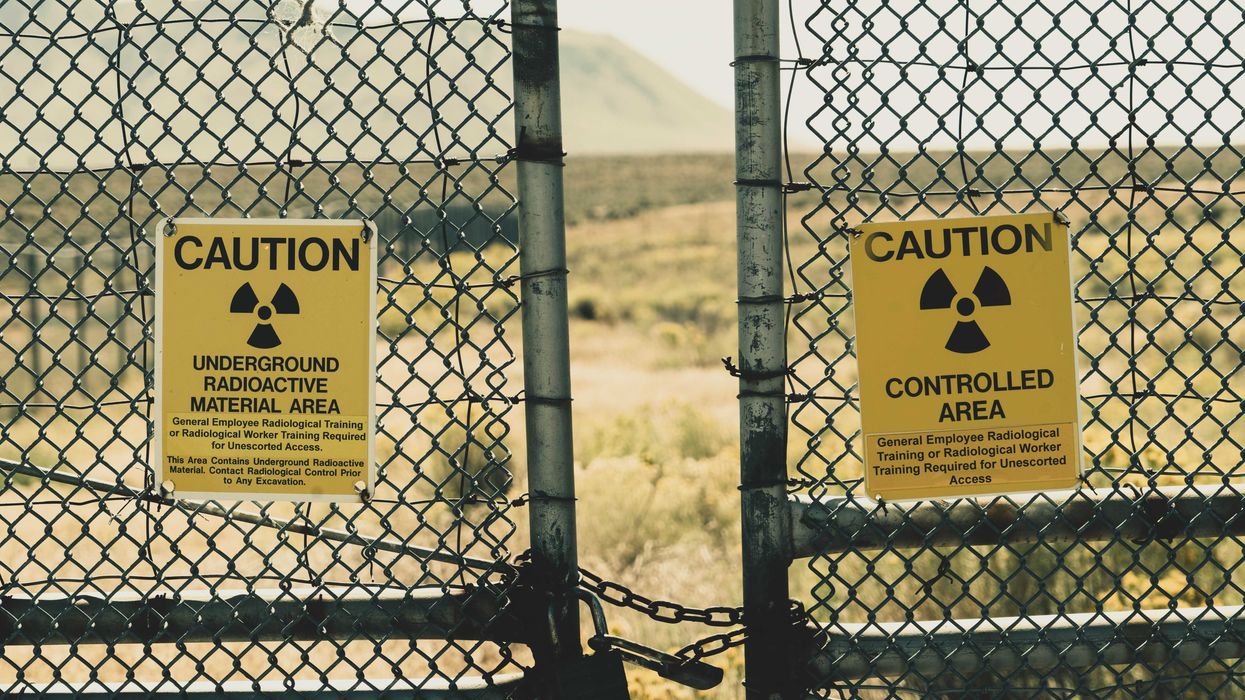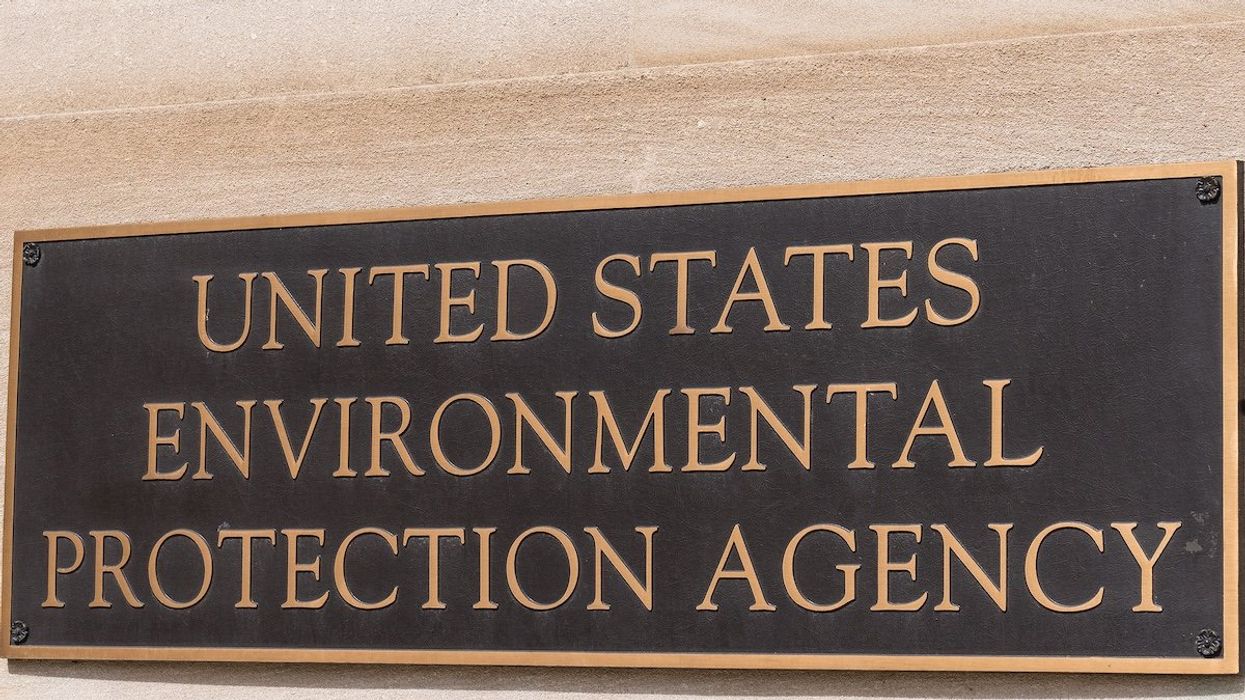Designing nuclear waste storage that can contain deadly radioactive material for millennia is one of the most complex and long-term engineering challenges in history.
In short:
- Engineers are building geological disposal facilities (GDFs) to safely store radioactive waste for up to 100,000 years underground.
- GDFs are under development in countries like France, Finland, and Sweden, requiring extensive testing of geology and engineering.
- Public consent and geological stability are crucial for siting these facilities, with safety measures accounting for seismic activity and future changes.
Key quote:
“This timescale means it's impossible to know if we will be using this technology [to contain the waste] in 20 to 200 years' time.”
— Jacques Delay, scientist
Why this matters:
Radioactive waste remains hazardous for thousands of years, posing a threat to environmental and public health. Long-term storage solutions are critical to safely manage this waste and protect future generations.
Related: Climate change raises risks for sites with radioactive materials




